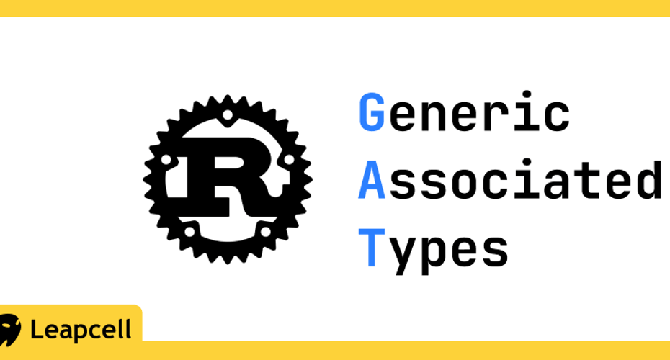Dev
4w
222

Image Credit: Dev
Rust's Generic Associated Types: What is It?
- Rust's Generic Associated Types (GATs) in Rust allow associating types with certain constructs, such as traits, providing flexibility in type usage.
- Associated items in Rust are tied to a specific type and include associated constants, associated functions, and associated types.
- GATs are beneficial for scenarios like type families, where different representations can be selected based on a generic parameter.
- In implementing a Streaming Iterator using GATs, dependencies between input and output values can be better expressed in Rust.
- GATs introduce new capabilities, allowing for more expressive APIs and addressing limitations in certain scenarios like iterator usage.
- Higher-Kinded Types (HKT) and advanced constructs from other languages can be mimicked using GATs in Rust.
- Traits in Rust provide mappings between types and associated items through GATs, enabling the combination of different generic type constructors.
- GATs empower Rust developers with new possibilities and enhanced abstraction, facilitating the implementation of complex constructs in a more streamlined manner.
- Leapcell, a Next-Gen Serverless Platform, offers hosting services for Rust projects with multi-language support, cost efficiency, scalability, and a developer-friendly environment.
- Leapcell's features include deploying unlimited projects for free, cost efficiency with pay-as-you-go pricing, streamlined developer experience, scalability, and high performance.
Read Full Article
13 Likes
For uninterrupted reading, download the app